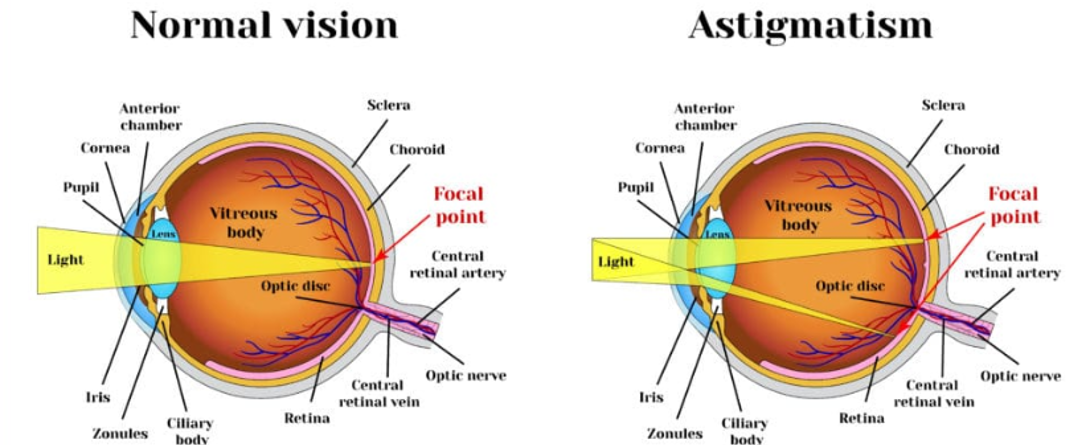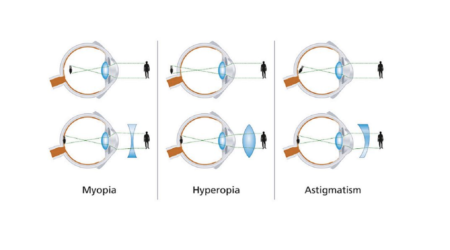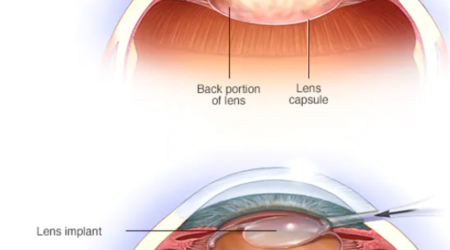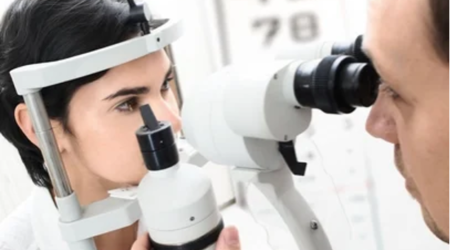LASIK Surgery For Astigmatism Treatment
In the ever-evolving field of ophthalmology, LASIK has emerged as a revolutionary solution for refractive errors, including astigmatism.
Astigmatism is a common condition when the cornea, the eye’s clear front surface, is irregularly shaped, causing blurred or distorted vision. However, LASIK eye surgery has proven to be a viable option for people with cylindrical eyes, offering significant improvements in vision. In this blog, we will explore how LASIK can help to treat astigmatism. So, let’s get started.
What is Astigmatism?
Before moving forward, first understand what astigmatism is.
Astigmatism occurs due to irregular corneal curvature. Unlike other refractive errors, such as myopia (nearsightedness) and hyperopia (farsightedness), in astigmatism, the cornea, which is normally spherical, maybe more steep in one axis than the other. This uneven curvature causes light to be refracted or bent incorrectly, resulting in blurry or distorted images on the retina, the light-sensitive tissue at the back of the eye.
Astigmatism can affect both near and distant vision and cause headaches, eyestrain, and fatigue. In most cases, astigmatism can be corrected with eyeglasses, contact lenses or refractive surgery.
How LASIK Surgery Works?
LASIK has become the go-to solution for people who want to be free of glasses or contact lenses, even with astigmatism. During the procedure, a femtosecond laser or a microkeratome blade is used to create a thin flap. The flap is lifted to expose the underlying corneal tissue. Afterward, your eye doctor uses an excimer laser to reshape the underlying corneal tissue precisely, correcting the irregular curvature and restoring normal vision. Once the procedure is done, the flap is replaced.
LASIK surgery offers a high success rate in correcting astigmatism. The procedure addresses the uneven corneal curvature, bringing it closer to a more spherical shape. Many people experience a significant improvement in vision after LASIK surgery, enjoying the freedom from glasses and contact lenses. LASIK surgery is a relatively quick procedure, and most people can return to their normal activities within a day or two.
However, there are some challenges with a steep eye in LASIK surgery. There is a risk of refractive error returning over time after the surgery. However, regression is usually minor and can often be treated with additional laser correction. Other side effects of LASIK may include dry eyes, halos or glare at night, over or under-correction of astigmatism, infections and corneal flap complications.
Another important scenario of astigmatism where Lasik is avoided is a case of suspected keratoconus. This is detected by doing corneal shaping testing or topography before surgery.
Therefore, choosing the best eye hospital in Delhi and discussing the pros and cons of the procedure is essential to reduce the risk of complications.
Take Away!
LASIK is generally a safe and effective way to correct astigmatism and can significantly improve vision for many individuals. With careful consideration and expert guidance, LASIK surgery can help you achieve clear, comfortable vision and reduce or eliminate your dependency on glasses or contact lenses.
If you are considering LASIK surgery for astigmatism, consult with Dr Anisha Gupta, an experienced eye doctor in Delhi, to discuss your candidacy and the potential benefits and risks of the procedure.












Leave a Reply